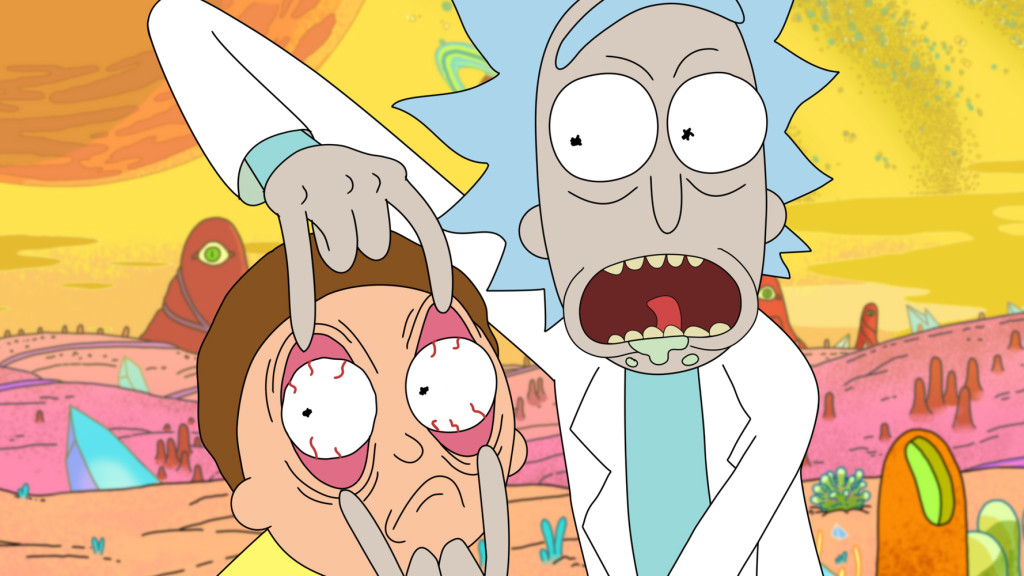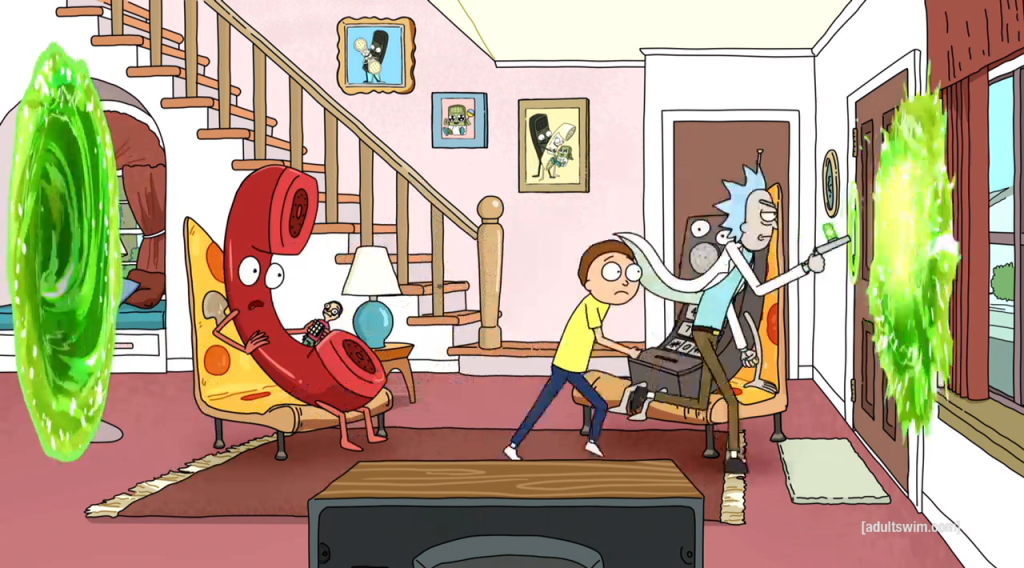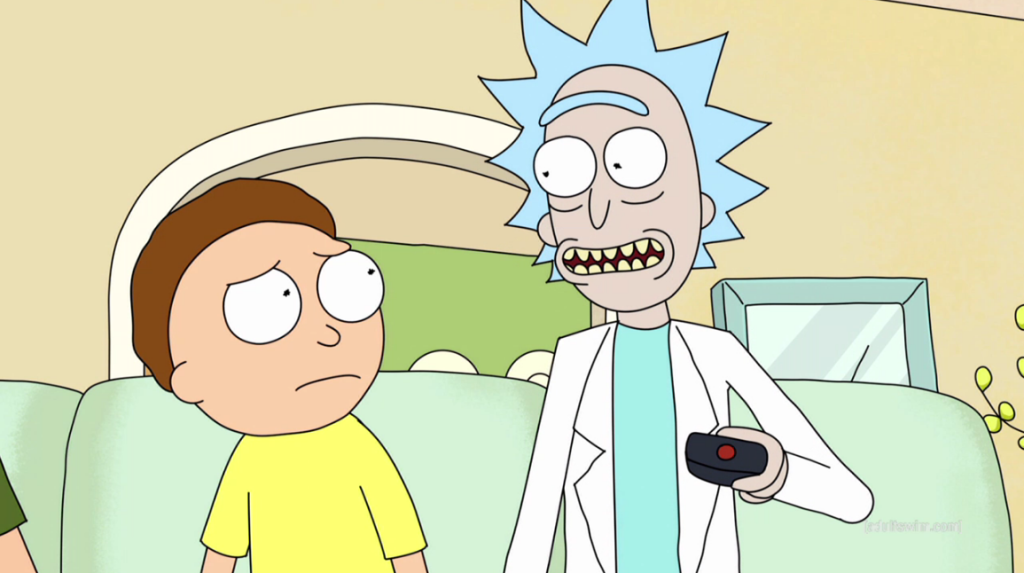Obviously we’re living in a golden age of television. 30 years ago in a world of cheesy-looking apartment living room sets and overly enthusiastic studio audiences, television producers never would have dreamed that the plotlines and characters we consider so casually would grace the small screens in our homes. High school teachers become crystal meth kingpins. Dragons are brought to life via spectacular CGI. Aging superstars portray horny jewish teens at summer camp. We’ve reached the point where television shows about vampiric blood orgy murder cults are passe.
Living in this television renaissance is truly a blessing. Especially given the tools at our disposal to watch on demand, stream entire seasons in one sitting, and access a nearly unlimited library of vivid worlds and exciting new adventures. Given this incredible opportunity to experience the best entertainment on a small screen in the history of the world, is it strange to consider that some of the most unique, compelling, and high quality content available is a crude, 22-minute Saturday morning-style cartoon about the misadventures of a mad scientist and his grandson? Yes. But that doesn’t mean Rick and Morty can’t be one of television’s very best shows. Here’s why:
Rick and Morty tackles the idea of the existence of multiple realities/timelines
One of the most important ideas in philosophy is the concept that there are an infinite series of universes/realities, in which every possible event that could ever occur, occurs. As a whacked out scientist equipped with whatever outlandish inventions the show’s writers dream up, Rick is able to remove himself and Morty to other dimensions with ease. Seen above, the pair traverse through a dimension where phones are people, people are phones, and chairs are pizza. If you find this line of thinking a bit confusing, consider the scenarios in which Rick and Morty use it to their advantage:
In season one, Rick and Morty manage to do irreversible damage to the version of the world they’ve called home. Fortunately Rick need only visit a dimension with versions of Rick and Morty that die at about the same age as the show’s dimension’s protagonists. All that’s left after that is for the two, including roughly 14-year-old Morty, to bury the versions of themselves they hardly knew and assume their nearly-identical identities. In the season two premiere, the pair cause a “Rickle in time” — leading to their own reality ripping and tearing into 31 more, inciting a visit from an omniscient time-law enforcer.
Rick and Morty breaks the fourth wall
Breaking the fourth wall refers to a character speaking directly to the audience and is incredibly common with reality TV being more popular than ever. Not only do many shows feature the concept of putting their characters into contexts created for the sake of television, they feature cutaways and segments where contestants or protagonists speak directly to the camera about how they’re feeling. This method of storytelling is a fairly cheap tactic to get an audience emotionally involved. It is not often used in most narrative formats (shows like The Office and Parks and Rec have managed to pull it off though) and almost never used in cartoons.
Rick and Morty subtly but effectively destroys this standard. Similarly to the character’s high-level awareness that they’re merely one of infinite copies of themselves, in infinite universes, the cast is aware they’re being watched and putting on a show for the audience. Sometimes the fourth wall is shattered, as when Rick announces to the audience that season one is over. Sometimes the characters merely peek out from behind the wall as Jerry does at the end of the Christmas episode. Both ends of spectrum are fun to watch for as an added element to the show.
It’s the perfect time to start watching Rick and Morty
Speaking of the golden age of television, as it currently stands, the show is ripe for newcomers through a variety of factors:
- Season two is four episodes in. This leaves new viewers the opportunity to stay live for the second half of the season while catching an extra two episodes per week from season one. As a bonus, season three has already been renewed by Adult Swim.
- People are talking about Rick and Morty everywhere. The Rick and Morty subreddit just broke 100,000 subscribers. Vice, Wired, Entertainment Weekly, and Collider are writing about it. Tumblr is…tumblring about it. Talking about television shows online is just as important as watching, so join in with everyone else.
- Cool people are in: Christina Hendricks guest stars as an omniscient being that has consumed the personalities of an entire planet. Jemaine Clement of Flight of the Conchords visits as a singing cloud of gas with an unfriendly disposition towards carbon-based life forms. John Oliver plays a white blood cell running a Jurassic spinoff: “Anatomy Park.”
There are a million regular reasons to watch this show. There are memorable, zany, off-the-wall characters and settings that show off the vivid imagination of the shows creators (see Bird Person). There are revitalized takes on classic cartoon motifs (e.g. shrink your protagonist and have them solve a problem inside the human body). Rick drops a new catch phrase nearly every episode (Wubalubadubdub!). However, you should feel compelled to join in on viewing for other reasons, perhaps not the ones we can perceive in this dimension.


